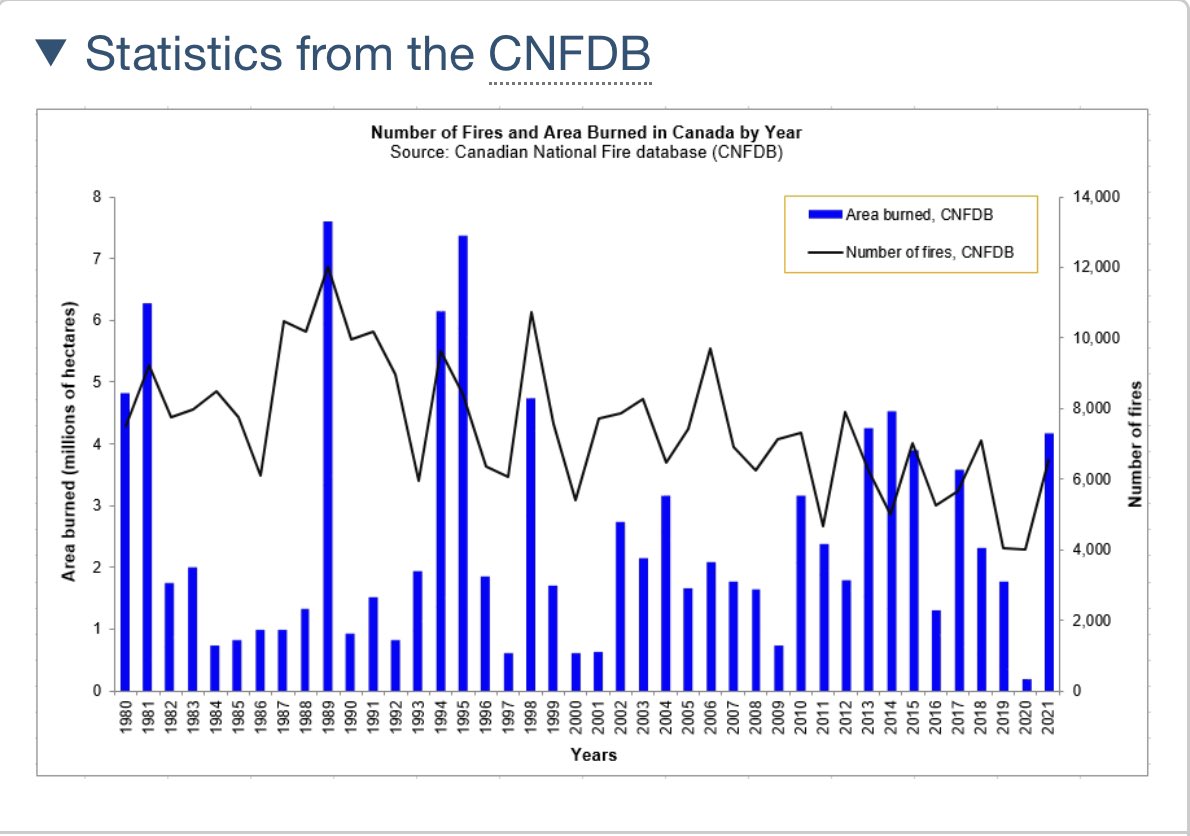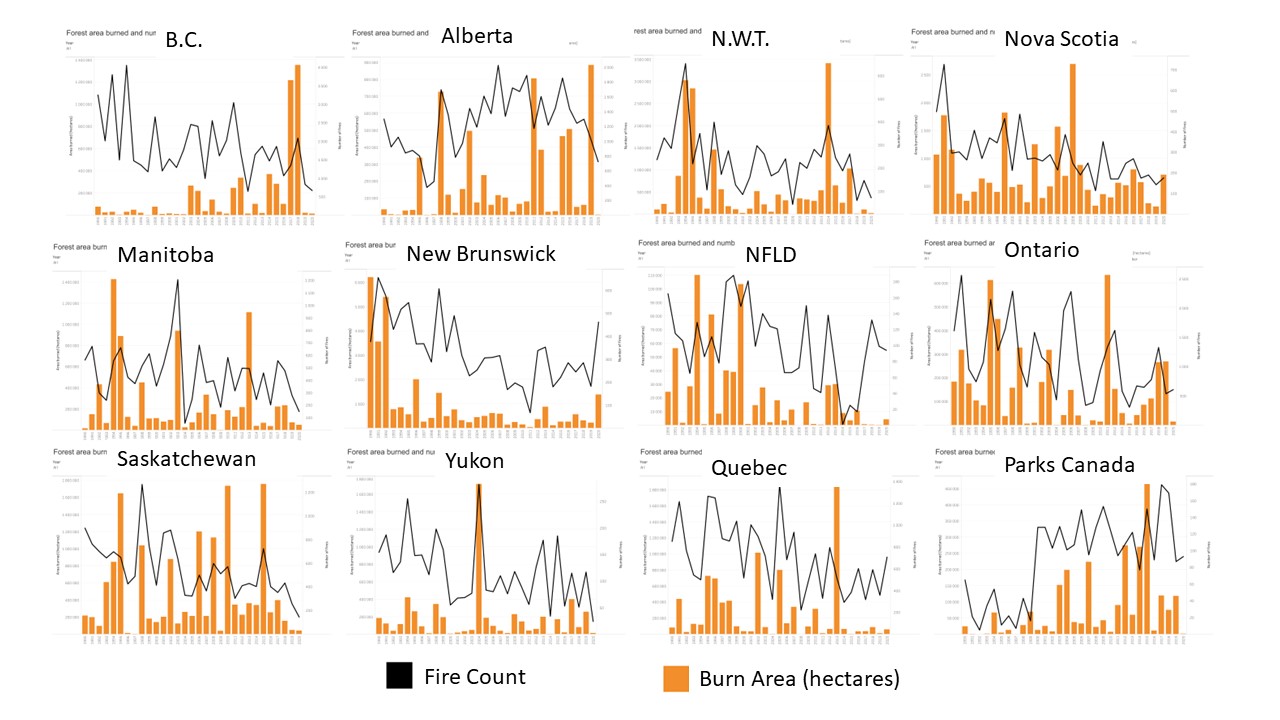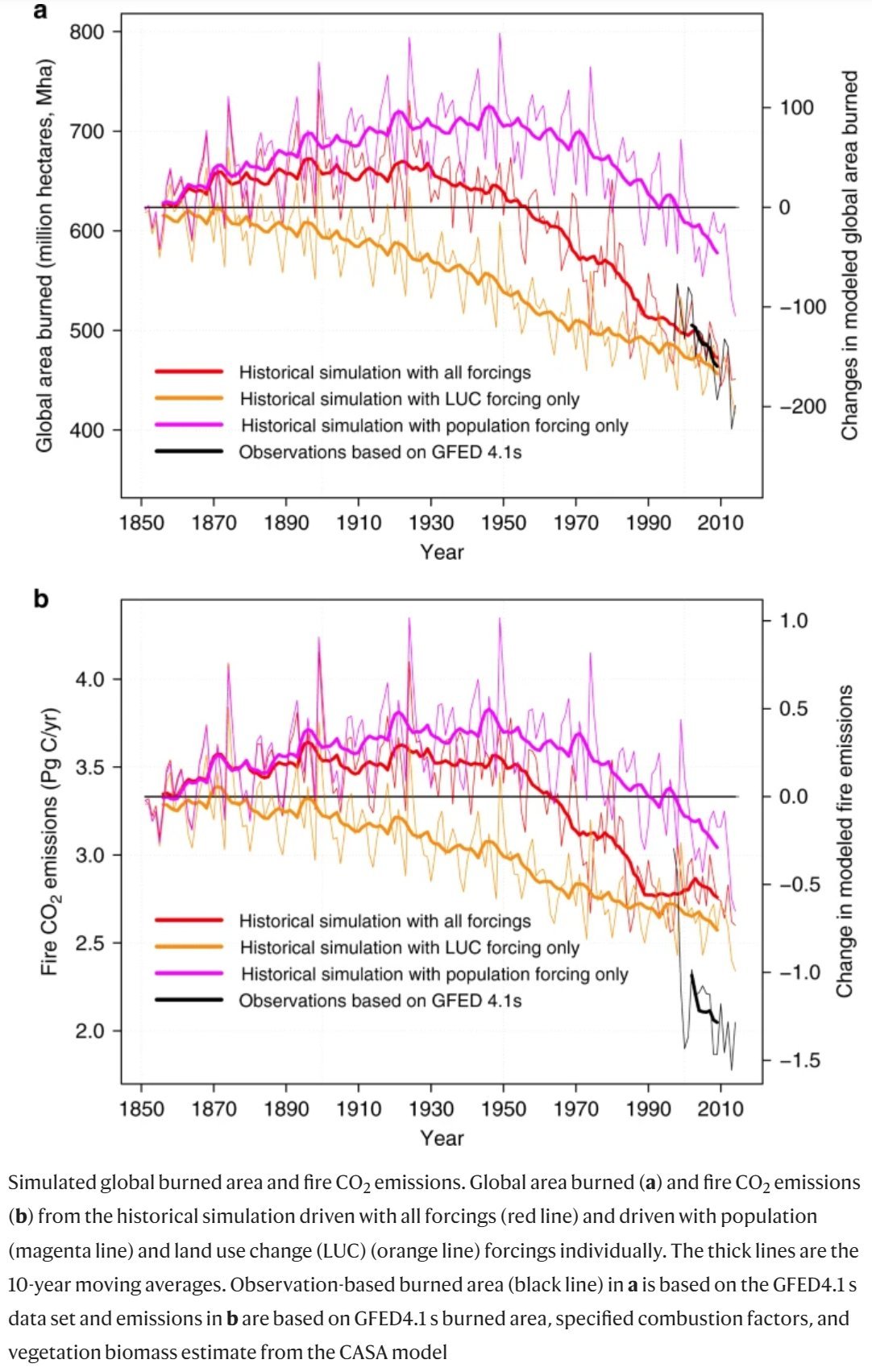One could wonder at the correlation between increased fires since the 70s and increase in population as well as activities in fire prone areas. Even without getting into changes in management preferences having unfortunate repercussions.
But why would one do that when one could just say “ClImAtE cHaNgEâ€.
As for trees, well, it’s not like they will even really grow in many places. Hard to say we all need them when some of us may live places that trees, and even bushes, are hard to establish and keep alive.
But why would one do that when one could just say “ClImAtE cHaNgEâ€.
As for trees, well, it’s not like they will even really grow in many places. Hard to say we all need them when some of us may live places that trees, and even bushes, are hard to establish and keep alive.









Comment